Mozambique: Pedro, seeking the family of the boy he fled with
Potable water in Mozambique costs more since 1st October – A Verdade
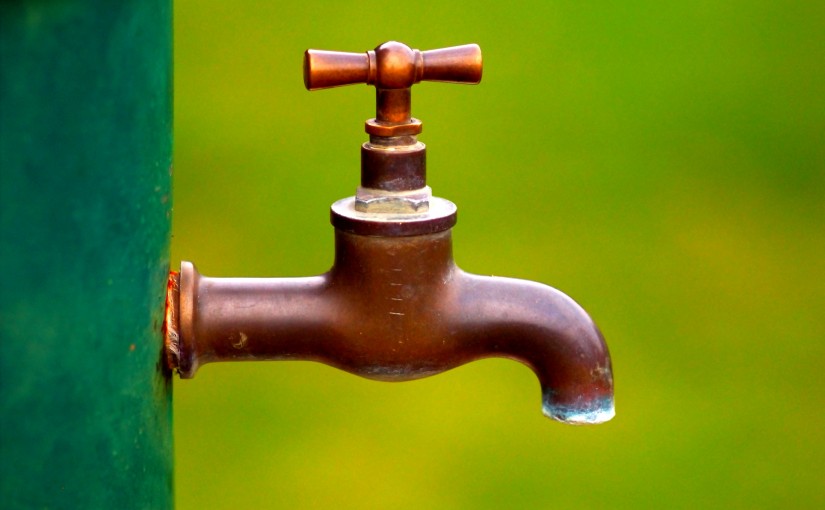
File photo

The price of food, medicines, electricity, fuel and beer have all risen, and without giving public notice, the government increased the price of potable water countrywide at the start of the month.
Residents of Maputo, Matola, Boane, Xai-Xai, Chókwè, Inhambane, Chimoio, Manica, Gondola, Tete and Moatize are paying the biggest increases, over 10 percent. Water supply service fees rose by 20 percent.
As in 2015, only the publishing of the mandatory Resolution in the Official Gazette of Mozambique, revealed the Water Regulation Council’s August decision to raise the cost of potable water in Mozambique.
Officially, the price increase will “safeguard the maintenance of the systems and the continuity of supply of quality service”, according to the Bulletin of the Republic 97 I Series of 15 of August current.
However, @Verdade knows that one of the biggest costs in producing drinking water is the chemicals that are used in the water treatment process. These are imported and therefore paid for in foreign currency that every day becomes more expensive due to the increasing depreciation of the metical, which since October 2015 has lost about 50 percent of its value against the US dollar.

Another cost is electricity, which is used for the pumps that draw in, treat and distribute water to consumers’ homes, and which has also risen by about 30 percent.
The devaluation of the metical is associated with suspension of financial support from the International Monetary Fund and other cooperation partners due to the discovery of hidden loans taken on by state-owned enterprises Proindicus and Mozambique Asset Management.
According to a Water Regulation Council report, investment in the 15 drinking water supply systems under the management of the Fund for Water Supply and Assets (FIPAG) between 2002 and 2014 amounts to approximately US$2.2 billion.
Increases rage between 5 percent in Nampula and 15.71 percent in the Maputo region, and come about a year after another increase that varied between 4 and 17.78 percent. The highest tariff is paid by Water Company of Maputo customers in the capital and the municipalities of Matola and Boane.
The cost has jumped from 19 to 22 meticais per cubic metre for residents who consume between 5 and 10 thousand litres of water per month and from 29.5 to 35 meticais per cubic metre for residents whose monthly consumption exceeds 10 thousand litres of drinking water.
Xai-Xai residents who consume between 5 and 10 thousand cubic metres per month, who in 2015 had an increase of 13.07 percent, suffered a further increase of 15.54 percent. Consumers of more than 10 thousand cubic metres per month, and who had seen the bill increase 10.71 percent last year, will pay an additional 8.74 percent.
On the other hand, the few customers of drinking water in the city of Maxixe, who last October had seen their bills increase by 10.45 percent and 10.71 percent for consumers of 5 to 10 thousand cubic metres and consumers for more than 10 thousand cubic metres monthly respectively suffered a 12.61 percent hike in the first instance and 12.27 percent in the second.
Also noteworthy are the approximately 300 thousand privileged people who have access to drinking water in Tete and Moatize and who saw their bills increased by 10.8 percent for those who consume between 5 and 10 thousand cubic metres per month, and 15.51 percent for those who spend more than 10 thousand cubic metres of water per month.
The chart shows detailed increases in each of the 15 FIPAG drinking water supply systems (which do not cover the entire national territory).
| SISTEMA | CONSUMO 5 e 10 mil litros mês | CONSUMO mais 10 mil litros mês | ||||
| Preço 2016 MT/ mês | Variação a 2015 | Variação % | Preço 2016 MT/ mês | Variação a 2015 | Variação % | |
| Maputo, Matola, Boane | 22.00 Mt | 3.00 Mt | 13.64% | 35.00 Mt | 5.50 Mt | 15.71% |
| Chókwè Cidade e Distrito | 19.75 Mt | 2.95 Mt | 14.94% | 28.25 Mt | 3.25 Mt | 11.50% |
| Xai-Xai | 19.75 Mt | 3.07 Mt | 15.54% | 27.00 Mt | 2.36 Mt | 8.74% |
| Inhambane | 20.15 Mt | 2.65 Mt | 13.15% | 28.35 Mt | 3.60 Mt | 12.70% |
| Maxixe | 23.00 Mt | 2.90 Mt | 12.61% | 30.00 Mt | 3.68 Mt | 12.27% |
| Beira, Dondo e Mafambisse | 22.61 Mt | 2.61 Mt | 11.54% | 28.35 Mt | 3.35 Mt | 11.82% |
| Chimoio | 18.55 Mt | 1.87 Mt | 10.08% | 25.75 Mt | 3.73 Mt | 14.49% |
| Manica | 18.55 Mt | 1.87 Mt | 10.08% | 25.75 Mt | 3.73 Mt | 14.49% |
| Gondola | 18.55 Mt | 1.87 Mt | 10.08% | 25.75 Mt | 3.73 Mt | 14.49% |
| Tete | 18.55 Mt | 1.87 Mt | 10.08% | 25.15 Mt | 3.90 Mt | 15.51% |
| Moatize | 18.55 Mt | 1.87 Mt | 10.08% | 25.15 Mt | 3.90 Mt | 15.51% |
| Quelimane, Nicoadala | 22.50 Mt | 2.30 Mt | 10.22% | 27.55 Mt | 3.13 Mt | 11.36% |
| Nampula | 22.00 Mt | 1.10 Mt | 5.00% | 27.00 Mt | 3.00 Mt | 11.11% |
| Nacala | 18.55 Mt | 1.87 Mt | 10.08% | 25.25 Mt | 2.75 Mt | 10.89% |
| Angoche | 18.55 Mt | 1.87 Mt | 10.08% | 25.15 Mt | 3.37 Mt | 13.40% |
| Pemba, Murrébué, Metuge | 22.76 Mt | 1.29 Mt | 5.67% | 27.50 Mt | 1.50 Mt | 5.45% |
| Lichinga | 18.55 Mt | 1.87 Mt | 10.08% | 24.14 Mt | 2.14 Mt | 8.86% |
| Cuamba | 17.85 Mt | 1.35 Mt | 7.56% | 23.30 Mt | 2.80 Mt | 12.02% |
A household of three people who bathe and use toilets every day and wash their clothes regularly consumes more than 10,000 cubic metre of water per month, and 2013 data suggests that more than half the customers consumed more than that.
According to the Water Regulation Council, those who consume only 5,000 cubic metres per month are the Mozambicans who only have a “tap in the yard” and spend an average of 20 litres of water per person per day.
Average reference tariffs are as follows.
| Sistemas-Tarifas Médias de Referência (MT/m3) | |
| Maputo, Matola e Boane | 30.45 |
| Chókwè Cidade e Distrito | 24.09 |
| Xai-Xai | 24.29 |
| Inhambane | 25.68 |
| Maxixe | 26.45 |
| Beira, Dondo e Mafambisse | 26.55 |
| Chimoio | 23.74 |
| Manica | 23.74 |
| Gondola | 23.74 |
| Tete | 23.43 |
| Moatize | 23.43 |
| Quelimane, Nicoadala | 25.60 |
| Nampula | 26.02 |
| Nacala | 24.77 |
| Angoche | 22.74 |
| Pemba, Morrébue, Metuge | 27.10 |
| Lichinga | 23.57 |
| Cuamba | 22.26 |
The new prices are lower than those charged by the private providers that have emerged in several expansion neighbourhoods, particularly in the cities of Maputo and Matola, due to the government’s inability to bring piped drinking water to all Mozambicans.
FIPAG’s managed water supply systems cover 63.1 per cent of Mozambicans living in urban areas but only 3.5 per cent of the majority who live in rural areas where boreholes, rivers and ponds are the main source of water. This water is unsafe and causes outbreaks of disease every year.


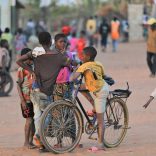


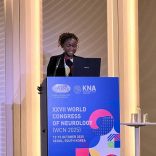


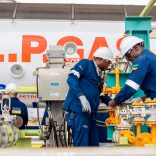

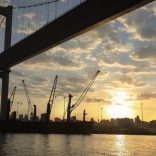
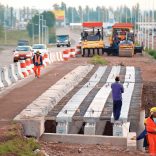
Leave a Reply
Be the First to Comment!
You must be logged in to post a comment.
You must be logged in to post a comment.